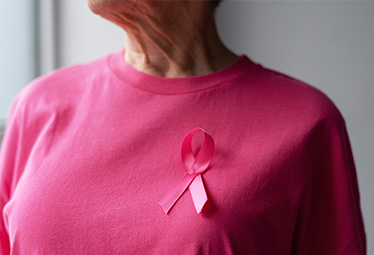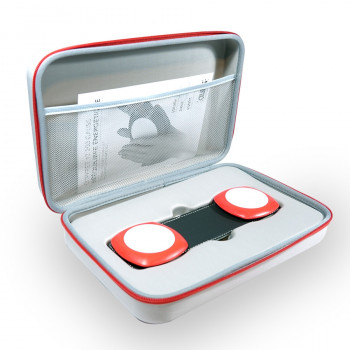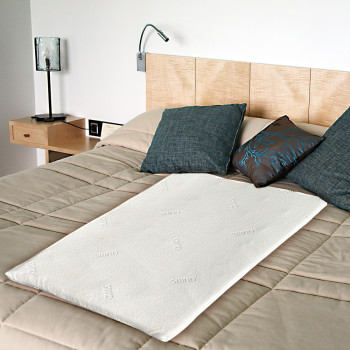 Every October, the Pink October campaign reminds us of the importance of breast cancer prevention and screening. While many women associate this with the ages of 50 to 60, it is essential to emphasize that screening remains crucial after age 60. Age is a major risk factor, and vigilance must continue well beyond menopause.
Every October, the Pink October campaign reminds us of the importance of breast cancer prevention and screening. While many women associate this with the ages of 50 to 60, it is essential to emphasize that screening remains crucial after age 60. Age is a major risk factor, and vigilance must continue well beyond menopause.
Breast cancer after age 60: a common reality
- Two out of three women diagnosed with breast cancer are over 55.
- After menopause, the body undergoes hormonal changes that can promote the development of cancer cells.
- Women over 60, who are sometimes less attentive to their medical follow-up, remain among the most at risk.
Key takeaway: just because your periods have stopped doesn't mean the risk has disappeared. Quite the contrary!
Organized screening, up to age 74... and sometimes beyond
In France, systematic mammography screening is offered every two years, from ages 50 to 74.
- This exam remains the best way to detect cancer at an early stage, before visible symptoms appear.
- The earlier the diagnosis, the higher the chances of recovery.
- After age 74, screening is no longer automatic, but may continue depending on health status and life expectancy.
Talk to your doctor: personalized follow-up can be arranged beyond the official age limit.
Why continue screening after age 60?
- 1. Cancers often grow more slowly at this age, but remain dangerous.
- 2. The risk increases with age: 1 in 20 women develop breast cancer after the age of 65.
- 3. Treatments are more effective when the tumor is detected early, even in seniors.
- 4. A longer and more active life: today, women live on average to over 85 years of age. It therefore makes sense to continue prevention after the age of 60.
How can you take care of your health on a daily basis?
Beyond screening, certain actions can reinforce prevention:
- Maintain a balanced diet (less alcohol, more fruits and vegetables).
- Engage in regular physical activity, even gentle exercise (walking, yoga, swimming).
- Monitor your weight, as being overweight increases the risk of recurrence.
- Listen to your body: any abnormality (lump, discharge, change in the skin of the breast) should prompt a prompt consultation.
Magnetic therapy: a gentle complementary treatment
While magnetic therapy is by no means a substitute for medical care, it can play an interesting role in supportive care:
- Reduction of joint pain related to treatment or a sedentary lifestyle.
- Improved blood circulation and overall comfort.
- Relief from stress and sleep problems, which are often disrupted during and after treatment.
Many patients report improved overall well-being when they combine conventional medical care with natural, gentle, and non-invasive approaches.
Pink October is an opportunity to reiterate an important message: breast cancer screening remains essential after the age of 60.
Women of this age, who are active, dynamic, and involved in family and social life, must remain vigilant to preserve their health. Screening, combined with a balanced lifestyle and complementary methods such as magnet therapy, contributes to better aging with peace of mind.



